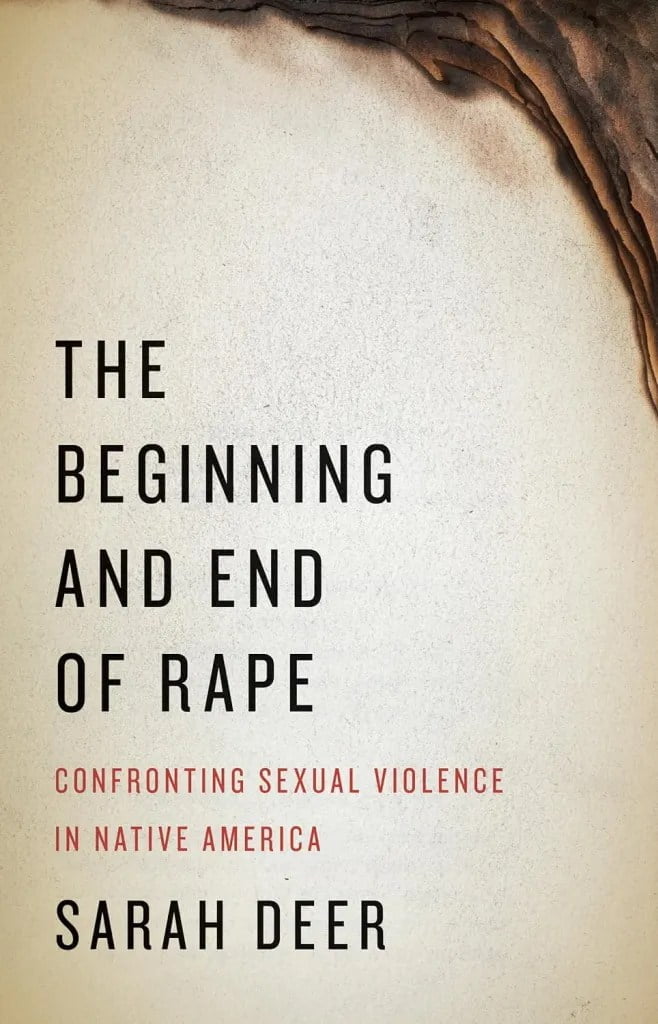








“Unthanksgiving Day,” now known as “The Indigenous Peoples’ Sunrise Ceremony,” is an event annually held on Alcatraz Island in San Francisco Bay. It coincides with the United States’ Thanksgiving Day, but it serves a very different purpose. We take a look at some key books that highlights the themes around the National Day of Mourning. Here’s why it is celebrated:
- Commemoration of the 1969 Alcatraz occupation. The event commemorates the 1969 occupation of Alcatraz Island by the group Indians of All Tribes (IAT). This occupation, which lasted 19 months, was a pivotal moment in the Native American rights movement. It brought attention to the issues faced by Indigenous communities in the United States, including the government’s failure to honour treaties and the overall treatment of Native Americans.
- A counter-narrative to Thanksgiving. National Day of Mourning provides an alternative perspective to the traditional Thanksgiving narrative. The conventional Thanksgiving story often overlooks the historical and ongoing struggles of Indigenous people in America. This event serves as a reminder of the darker aspects of colonial history and the resilience of Native communities.
Read: July 4th books: why US independence day isn’t celebrated by all
- Celebration of indigenous culture and resilience. The ceremony includes traditional dancing, singing, and other cultural activities. It’s a day for Indigenous people to come together, celebrate their heritage, and educate others about their history and contemporary issues.
- Awareness and education. The day is also an opportunity to raise awareness about the challenges faced by Indigenous communities. It’s a platform for activism and education, promoting a more accurate understanding of American history and the experiences of Native peoples.
- Solidarity and remembrance. It is a day of solidarity among Indigenous peoples and an occasion to remember ancestors and the struggles they endured. It’s also about honouring the resilience and contributions of Native communities to the broader American society.
National Day of Mourning reflects a critical approach to history and a commitment to highlighting Indigenous perspectives. It’s an important day for not only recognising past injustices but also for celebrating the ongoing strength and culture of Native American communities.
Books that highlight National Day of Mourning on Thanksgiving:
Books that critically examine Thanksgiving from the perspective of Indigenous communities offer important insights and alternative narratives. Here are some notable books for National Day of Mourning:
- “An Indigenous Peoples’ History of the United States” by Roxanne Dunbar-Ortiz. This book provides a historical overview of the United States from an Indigenous perspective, challenging the founding myths of the country, including those surrounding Thanksgiving.
- “The Beginning and End of Rape: Confronting Sexual Violence in Native America” by Sarah Deer. While not specifically about Thanksgiving, this book delves into the issues of violence and colonialism faced by Native American communities, providing context to understand the broader implications of celebrating a holiday like Thanksgiving.
- “Braiding Sweetgrass: Indigenous Wisdom, Scientific Knowledge, and the Teachings of Plants” by Robin Wall Kimmerer. This book blends Indigenous stories with botanical science, offering a perspective that challenges mainstream narratives about the natural world and, by extension, holidays like Thanksgiving that are deeply connected to land and harvest.
- “1491: The Americas Before Columbus” by Charles C. Mann. This book provides an in-depth look at the Americas before the arrival of Columbus, offering a stark contrast to the often-simplified stories told about Indigenous peoples around Thanksgiving.
Read: Killers of the Flower Moon: book outshines Scorsese film – review
- “The Heartbeat of Wounded Knee: Native America from 1890 to the Present” by David Treuer. This book counters the narrative that American Indian history ended at Wounded Knee in 1890, showing the resilience and diversity of Native communities in a way that challenges the simplistic stories often associated with Thanksgiving.
- “There There” by Tommy Orange. A novel that provides a contemporary view of urban Native American life, offering a counterpoint to the historical and often stereotypical views that can be perpetuated by traditional Thanksgiving narratives.
- “As Long as Grass Grows: The Indigenous Fight for Environmental Justice, from Colonization to Standing Rock” by Dina Gilio-Whitaker. This book examines the ongoing struggle for Indigenous rights and environmental justice, providing a contemporary context for understanding the implications of colonialism, which is often glossed over in Thanksgiving celebrations.
- “Unsettling Truths: The Ongoing, Dehumanizing Legacy of the Doctrine of Discovery” by Mark Charles and Soong-Chan Rah. This book explores the Christian and colonial roots behind the Doctrine of Discovery. It has been used to justify the subjugation of Indigenous peoples, a context often missing in Thanksgiving narratives.
- “The Rediscovery of America: Native Peoples and the Unmaking of U.S. History” by Ned Blackhawk. The book challenges traditional narratives by placing Native Americans at the forefront of American history, revealing their enduring presence and profound impact on the nation’s trajectory.
These books provide a range of perspectives that mark the National Day of Mourning and challenge the traditional narrative around Thanksgiving, highlighting the experiences and histories of these communities.
This article contains affiliate links via Bookshop.org in which we may receive a small commission at no extra cost to you, in order to support local bookshops. We have not been commissioned to review books and services.
[…] Friday, occurring the day after Thanksgiving, signals the unofficial commencement of the holiday shopping frenzy. Originally a term for the […]
[…] Read: National Day of Mourning: 9 books that mark Thanksgiving origin […]